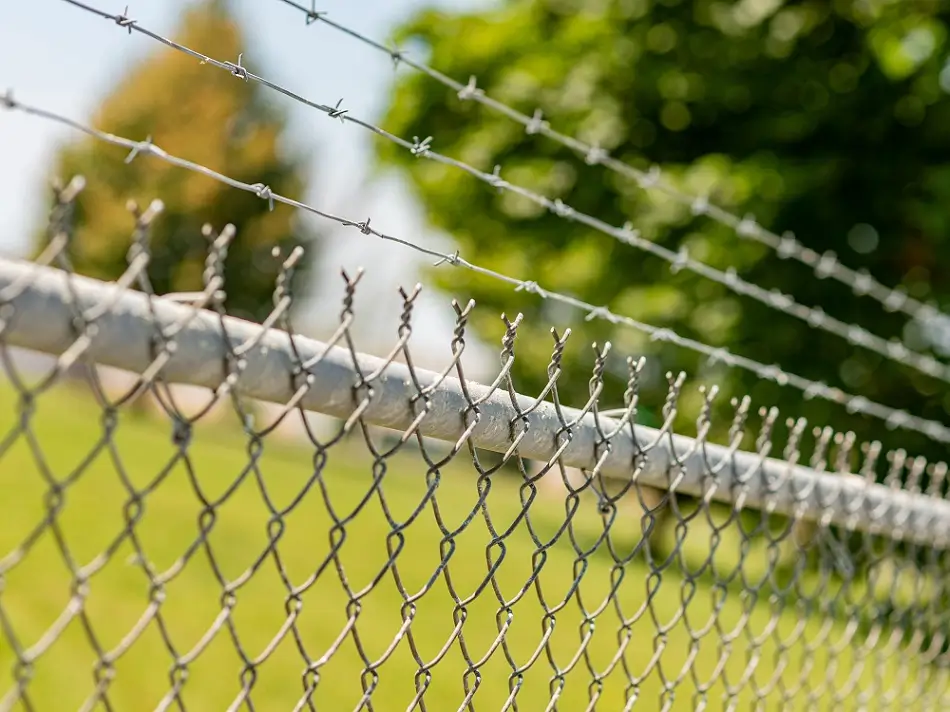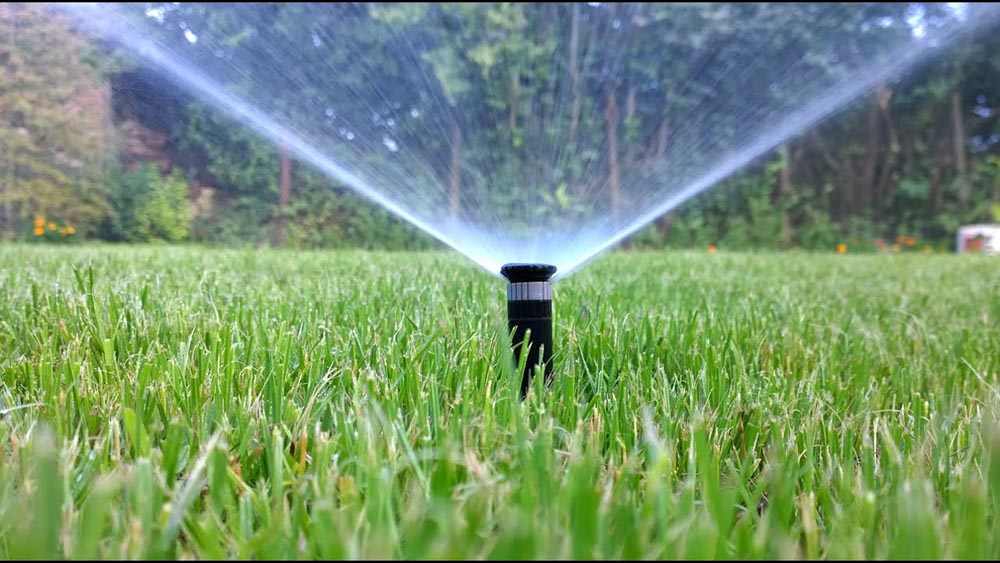Winter is the perfect season to give your trees some much-needed attention. A proper inspection is crucial for ensuring their health and stability, especially as they endure the harsh winter weather. This article will guide you through a complete checklist to follow when inspecting your trees during the winter season.
Recognizing the Importance of Winter Tree Inspections
The dormant season is perfect for tree care professionals to assess your trees’ structural integrity, check for potential hazards, and offer solutions to any detected issues. Cold weather causes trees to lose their leaves, providing arborists with an unobstructed view of branches and any potential structural problems. By knowing how frequently your trees should be inspected, you can plan ahead and ensure your trees remain healthy and stable.
The Winter Tree Inspection Checklist
- Examine Branches: Check for signs of decay or damage on the tree’s branches. Dead or diseased limbs pose a significant hazard, as they can fall and cause injury or property damage. Pruning damaged branches before winter storms hit ensures safety and proper tree health.
- Inspect for Pests and Diseases: Many insects and diseases affect trees during the winter months. Look for signs of pests, such as holes, tunnels, or frass (insect droppings). Keep an eye out for symptoms of fungal infections, such as discoloration, wilting leaves, or conks (mushroom-like growths). If you notice these symptoms, hire a skilled arborist for tree service in Milton who can provide appropriate treatments.
- Evaluate Tree Structure: Structural issues, such as a weak branch union or hollow trunk, can destabilize a tree and make it more susceptible to storm damage. If you notice any structural irregularities, it’s essential to consult an expert for further assessment.
- Check for Root Problems: Examine the base of the tree for any signs of damage or decay in the root zone. Compacted soil, heaving, or cracking may signify root problems that could impact the tree’s stability.
- Identify Hazardous Trees: Inspect for any trees that may pose a risk to people, structures, or power lines. Factors that contribute to hazardous trees include decay, weak branches, and leaning. Consult a professional to assess the risk and recommend appropriate action.
- Mulch and Fertilize: Applying mulch around the base of the tree will help insulate the roots and maintain moisture during the winter. Fertilizing trees before winter ensures they have essential nutrients for growth and overall health.
When to Call a Professional?
If you’re unsure about your tree’s health or stability, it’s best to consult with a specialist who can provide expert advice and necessary maintenance services. Tree care professionals possess the knowledge and tools needed to address any concerns you may have regarding your trees.
In conclusion, winter tree inspections are essential for detecting potential hazards and ensuring tree health. With this checklist in hand, you’ll be better equipped to maintain your trees, keeping them strong and healthy throughout winter and beyond. Having a dependable tree service on speed dial can make all the difference in keeping your trees thriving during the harsh winter months.














